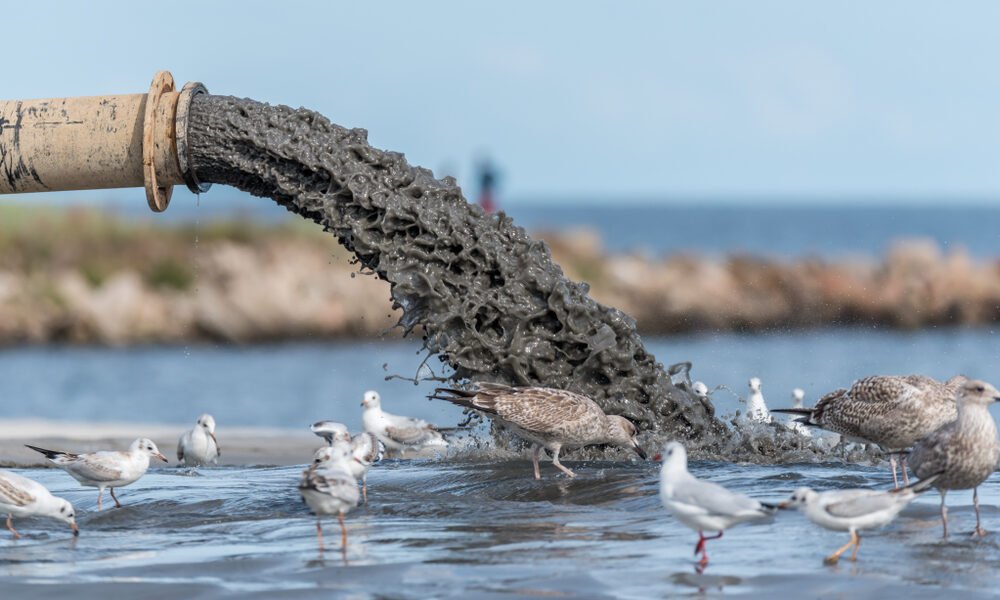Aplastic anemia is a rare blood disorder that causes the body to make too few red blood cells and too many white blood cells. The condition is most common in children, but adults can also be affected.
In the mid-1980s, a water contamination issue at Camp Lejeune in North Carolina sickened hundreds of military veterans. Many of these veterans developed aplastic anemia.
Hundreds of military veterans who developed illnesses after being exposed to contaminated water at Camp Lejeune in North Carolina have filed lawsuits against the federal government. The veterans alleged that their illnesses, including aplastic anemia, were caused by water contamination. In many cases, the veterans allege that the government was aware of the contamination but failed to take any action to protect the health of those living or working at the base. The veterans seek damages for their medical bills, lost wages, and emotional distress due to their illnesses.
If you believe, as many of the Camp Lejeune veterans do, that your illness was caused by water contamination at Camp Lejeune, you may be eligible to file a claim. Speak to an experienced personal injury attorney at Rosenfeld Injury Lawyers about your legal rights.
What Is Aplastic Anemia?
Aplastic anemia is a rare genetic disorder that causes the body to make too few red blood cells and too many white blood cells. The condition is most common in children, but adults can also be affected.
Aplastic anemia can cause symptoms such as fatigue, shortness of breath, dizziness, lightheadedness, and swollen legs. The disease is often diagnosed during a routine physical examination for unexplained fatigue.
What Contaminants Lead To Aplastic Anemia?
Aplastic anemia can be caused by exposure to toxins such as chemicals, pesticides, and herbicides. Toxic chemicals can be found in drinking water, foods, and even cosmetics. These chemicals can also be found in contaminated soil.
Other environmental contaminants that can cause aplastic anemia include heavy metals such as arsenic and lead, as well as organic solvents like benzene, xylene, and toluene. These chemicals can enter the body through skin contact or ingestion.
Treatment
Treatment for aplastic anemia depends on the severity of the condition and the underlying cause. Some cases of the disorder can be managed through supportive care, such as blood transfusions, antibiotics, and supplemental oxygen.
For more serious cases, medications such as immunosuppressants and anti-thymocyte globulin can be used to suppress the immune system and reduce the body’s production of white blood cells.
In some cases, a bone marrow transplant may be recommended. This procedure involves replacing the patient’s bone marrow with healthy, donated cells. The new cells will then produce healthy red blood cells and white blood cells.
Some patients may benefit from stem cell transplants, where stem cells from a healthy donor are injected into the patient’s bloodstream. These cells will then develop into healthy red and white blood cells.
Finally, some patients may be treated with a combination of supportive care and medications. This approach can help stabilize the condition and reduce the risk of complications.
Veterans And The Water Contamination Issue
In the mid-1980s, there was a water contamination issue at Camp Lejeune in North Carolina. The U.S. Department of Defense (DoD) had stored toxic waste in unlined pits at the base. These pits were contaminated with dioxin, a chemical that causes cancer in humans and animals.
The contamination was discovered in the early 1980s when residents of the base began complaining of unexplained illnesses, including stomach problems, headaches, dizziness, and swollen legs. These symptoms were later linked to the Camp Lejeune water contamination.
Over 400 service members were diagnosed with cancer or leukemia after they were exposed to the contaminated water at Camp Lejeune. Many of these veterans developed aplastic anemia after they were exposed to the chemicals in their drinking water at Camp Lejeune.
A History of Marine Contamination Problems In The Carolina Bays
Camp Lejeune is located on a peninsula in North Carolina’s Cape Fear region near Wilmington. This area is known as the “Carolina Bays” because of the many rivers and bays that surround the area.
The region is also known for its many shipyards, which have been responsible for creating some of America’s most famous ships. The area was also once home to a chemical weapons plant and a nuclear weapons plant. These plants have left behind toxic waste that remains in the soil and waterways surrounding Camp Lejeune.
How Can I Prove That My Aplastic Anemia Is Linked To The Camp Lejeune Water Contamination?
You can not prove that you have received aplastic anemia as a result of being exposed to the contaminated water at Camp Lejeune. Researchers are still trying to determine if there is a link between the Camp Lejeune water contamination and the disease. This is because there are many other possible causes for aplastic anemia besides exposure to toxic chemicals. Some researchers have suggested that the contaminants may have caused other diseases, such as multiple sclerosis or Gulf War syndrome, instead of causing aplastic anemia.
Aplastic anemia is a disease that can be caused by exposure to toxins. The water contamination issue at Camp Lejeune in North Carolina is linked to the development of this disease. Veterans who were exposed to the contaminated water at Camp Lejeune developed aplastic anemia. However, it is still not clear if the Camp Lejeune water contamination actually caused the disease.
